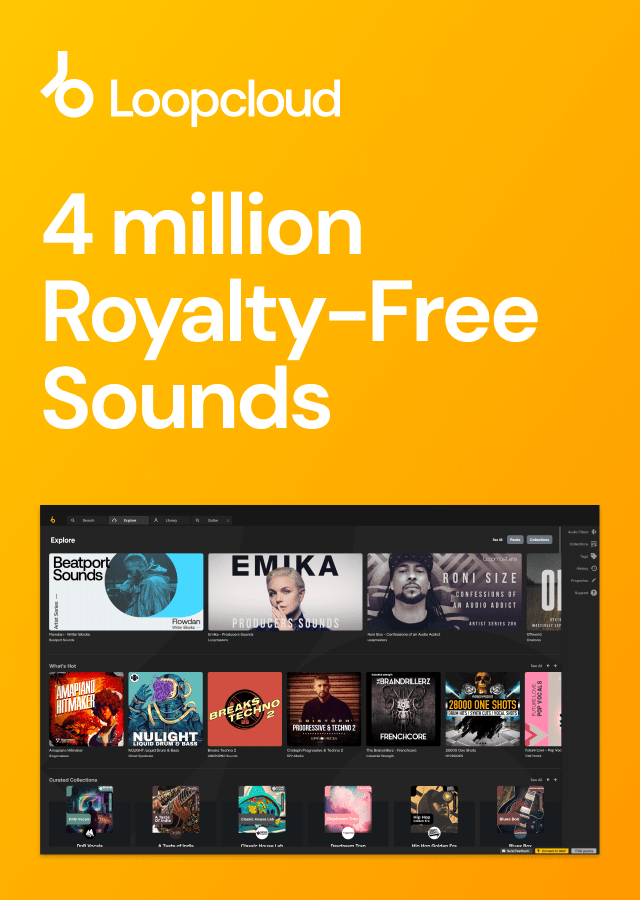Dubstep Production in Logic Pro by FracTroniX - Part 2 - Creating Basslines
Genre: Dubstep
Additional Styles: Sound Archives and Music Courses
If you want to know how to produce bass for Dubstep or similar heavy, hard-hitting styles of music then this course is for you!
The course is brought to you by FracTroniX, the producer behind the eclectic bass-driven vibes of Metaphra and the upfront, experimental drum and bass of Defazed, and is split into several parts. Each part focuses on a different area of production, with this one uncovering the secrets behind producing massively twisted basslines!
The course comes complete with the Logic Project used in the lessons so you can see exactly how everything is done and therefore truly get to grips with every technique explored in this in-depth course.
Module Details
1. Creating Bass Patches with ES2
This lesson gives an overview of ES2, showing how it can be used to create some simple but fat-sounding bass patches on multiple tracks, including the reese bass, fat square and band-pass square.
2. Advanced Bass Patch Editing with ES2
This lesson gets more technical with each of the patches, setting up some interesting modulation of the filters and pitch, to provide even more variation to each of the bass sounds. A wobble performance preset is made out of the fat square patch, the reese patch is modulated by an LFO with changing rate to create a 'shakedown' preset, and a more human-sounding 'talking' bitcrushed bass is constructed by modulating the blend of digital waveforms on ES2.
3. Sequencing the Bass
This module shows how the bassline is created by playing and drawing in MIDI regions for each of the bass parts and then editing them in various ways to create a gnarly sequence. Automated filter sweeps and pitch slides are added and the mix is enhanced through the addition of bus compression and distortion effects.
4. Mixing and Processing the Bass
This lesson teaches how to improve the mix, by making adjustments to the levels and frequencies in each bass part using EQ and sidechain compression, as well as closely examining the stereo width. Then, further processing is applied to individual bass frequency bands, through more stereo imaging and a reverb send effect. Finally, a sub bass track is added to fatten up the bottom end.
Please note: whilst this course is taught in Logic Pro 9, the techniques described are applicable to any version of Logic Pro.
Any references to any brands on this site/page, including reference to brands and instruments, are provided for description purposes only. For example references to instrument brands are provided to describe the sound of the instrument and/or the instrument used in the sample. Loopmasters do not have (nor do they claim) any association with or endorsement by these brands. Any goodwill attached to those brands rest with the brand owner. Loopmasters or its Suppliers do not accept any liability in relation to the content of the sample or the accuracy of the description.
- streamed lessons - access 24/7/365
- Logic project from the course
- bonus samples


















